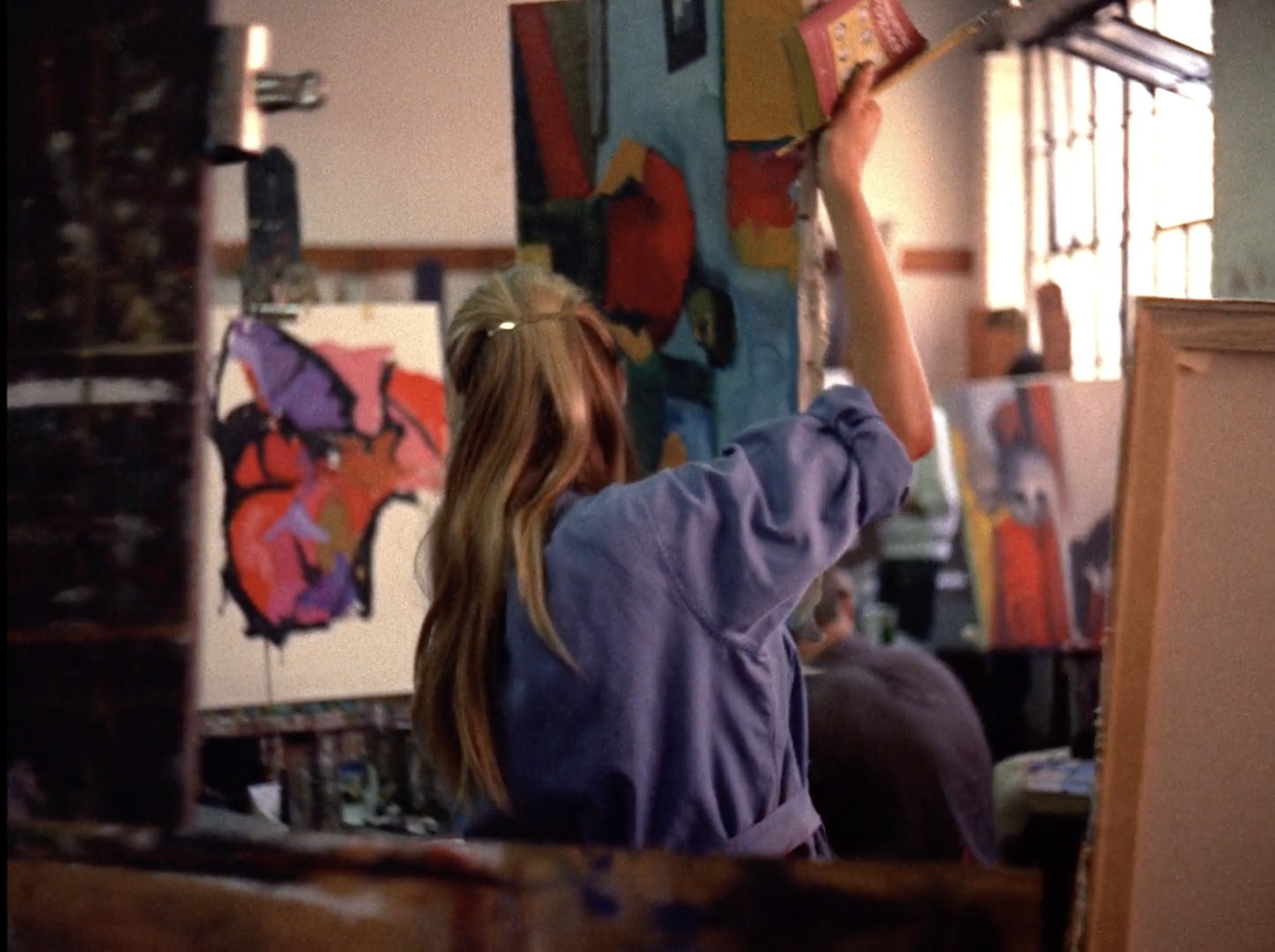Our History
“CalArts is the principal thing I hope to leave when I move on to greener pastures. If I can help provide a place to develop the talent of the future, I think I will have accomplished something.”—Walt Disney
There’s a lot of legend and lore associated with the CalArts story, but this much is true: Walt Disney—yes, that Walt Disney—conceived of a new school for nurturing future generations of creative talent. He dreamt of building a multidisciplinary “community of the arts” modeled on the real-life experience of working artists rather than the more formal conventions of a conservatory. His school would remove walls separating the creative disciplines and encourage artists from different branches to mix and collaborate as a way of sparking new ideas and methods.
Walt and his brother Roy began making this vision a reality in 1961 when they formed California Institute of the Arts through the merger of Chouinard Art Institute, founded by Nelbert Chouinard, and the Los Angeles Conservatory of Music, guided by its trustee, Lulu May Von Hagen. Von Hagen worked closely with Walt to establish CalArts, and she became the Institute’s first Board Chair.
A decade later, in 1970, CalArts opened its doors, first at a temporary space at Villa Cabrini in Burbank, and then to its permanent Valencia location in the Santa Clarita Valley. CalArts offered programs in art, design, film, music, theater, and dance. While it became a fiercely countercultural version of Disney’s utopian concept, the Institute immediately became a hotbed of artistic originality—remaining true to Disney’s dream.
In the half-century since then, successive generations of innovators from CalArts have set the leading edge of contemporary artistic practice—from conceptualism, feminist art and design, video and computer music in the Institute’s early years, to the Disney Renaissance, Pixar Revolution and SpongeBob; from interdisciplinary performance and digital design to the latest directions in music, AI and interactive media, hybrid arts, and immersive experiences.
